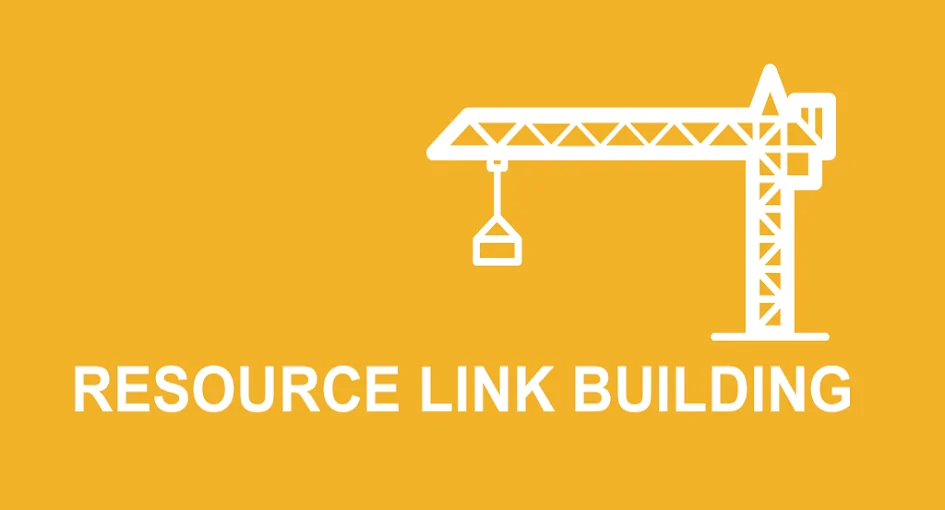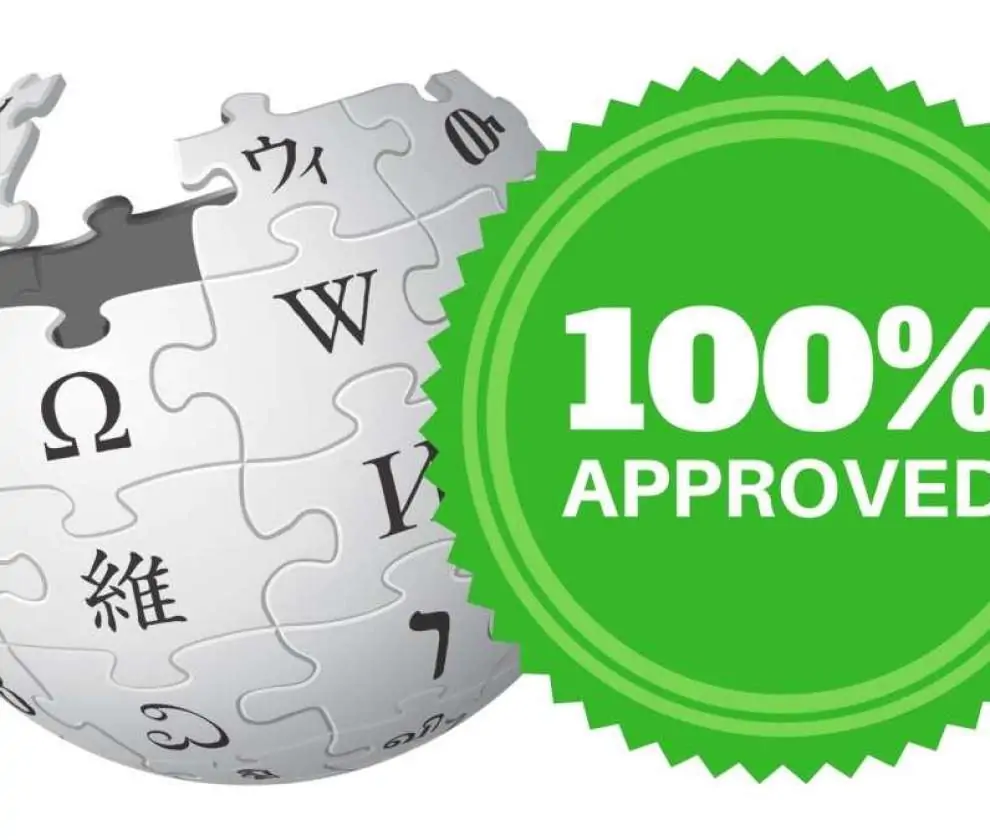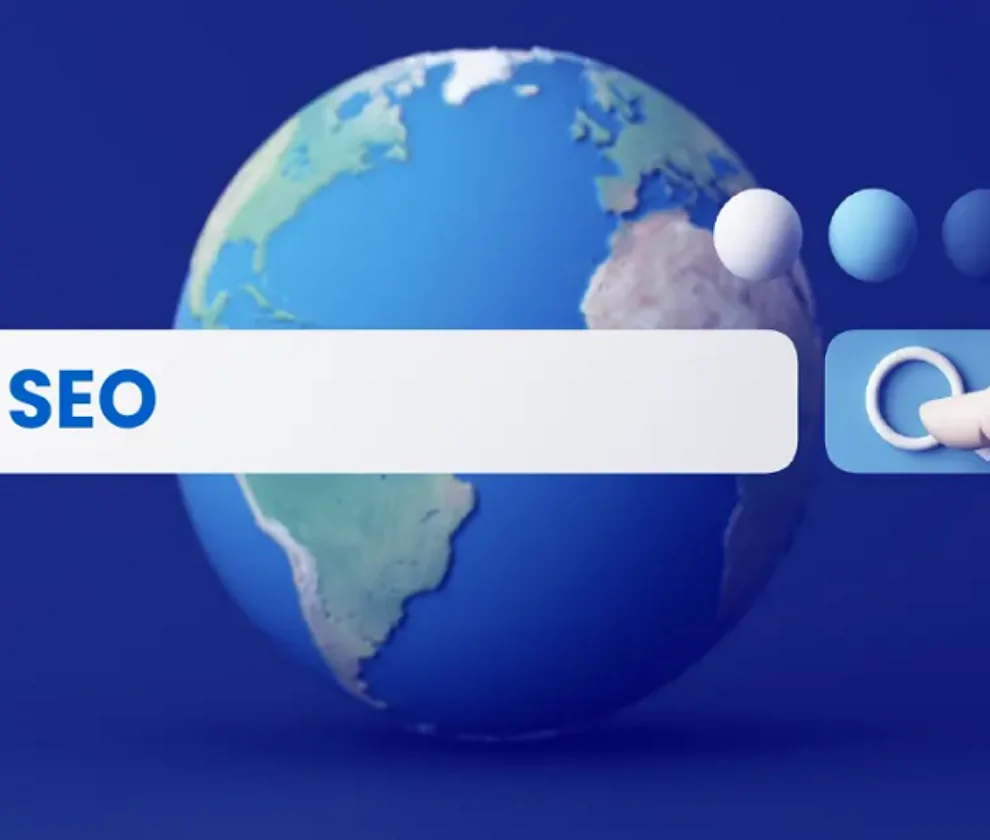
Why Resource Link Building Is Essential for Content Marketing
In the ever-evolving world of digital marketing, resource link building has emerged as a powerful tool for enhancing content marketing strategies. As businesses strive to establish authority in their respective niches and drive organic traffic, resource link build serves as a key approach to acquiring high-quality backlinks. At its core, this practice involves the creation or identification of useful resources on the web and leveraging them to gain backlinks from authoritative websites. Whether you are an SEO novice or an experienced marketer, resource link build can play a crucial role in elevating your content marketing efforts.
For search engines like Google, backlinks continue to be one of the most significant ranking factors. High-quality backlinks not only improve a website’s authority but also boost its visibility in search engine results pages (SERPs). Resource link building is a structured method of acquiring these backlinks by adding value to the internet ecosystem through well-designed and informative resource pages.
Consider this scenario: You’ve created an exhaustive guide on sustainable living practices. By identifying websites that host resource pages related to environmental conservation, you can request them to link to your guide as an additional resource. This simple yet effective process can significantly increase the reach of your content, drive traffic, and ultimately improve your website’s SEO performance.
Throughout this article will explore why resource link build is essential for your content marketing strategy, how to effectively implement it, and what tools and techniques are available to help you succeed. Also delve into resource link build examples, resource page design, and broken link building, all while uncovering actionable insights to elevate your content marketing efforts. Whether you’re a seasoned marketer or just getting started, understanding resource link meaning and applying it strategically can lead to a substantial increase in website traffic and authority.
Understanding Resource Link Building: An Overview
Resource link build is a link-building strategy that involves identifying high-quality, relevant resource pages on authoritative websites and acquiring backlinks by offering valuable content. This practice focuses on linking content to a resource page, an online listing of valuable tools, articles, guides, and references related to a specific topic.
Resource page meaning refers to a webpage designed to curate and share relevant resources for users. These pages typically serve as a one-stop shop for information and are often maintained by educational institutions, government bodies, and industry-specific organizations.
A resource link meaning essentially refers to a hyperlink added to these resource pages, leading back to valuable, related content. These links are coveted because they are typically placed on high-authority websites, providing a boost in SEO value and organic traffic.
In practice, resource link build involves reaching out to the owners of these pages and suggesting that they include your content as part of their collection. The goal is to establish your website or content as a helpful resource, building not only backlinks but also credibility within your industry.
Why Resource Link Building is Critical for Content Marketing Success
Resource link build is a strategy that improves search engine rankings by acquiring backlinks from trusted sources, thereby enhancing a website’s domain authority and page rank. These backlinks are considered endorsements by search engines, making your content more likely to rank higher in SERPs for relevant keywords. It also drives targeted traffic to your website, as resource pages cater to specific audiences seeking detailed information on a particular subject. Featured on high-quality resource pages or resource link build example demonstrates your content’s value and reliability to search engines and users, boosting your credibility and authority in your industry, potentially leading to partnerships and collaborations.
Resource Link Building Example: Practical Application
This example of resource link build will show you how the idea works:
Imagine you’ve written an in-depth blog post on “The Benefits of Yoga for Mental Health.” You could search for websites that maintain resource page example related to mental health, wellness, or fitness. After finding a few reputable sites with strong domain authority, you reach out to the webmasters, politely suggesting that they include your article in their list of helpful resources on mental health.
If one of these sites agrees to link to your content, you’ve successfully secured a valuable backlink through resource link build. This not only boosts your SEO but also exposes your content to a broader, targeted audience.
Key Elements of a Good Resource Page Design
A well-designed resource page is a crucial tool for content marketing, attracting backlinks and serving as a helpful tool for users. It curates and organizes information, tools, articles, and external links related to a specific topic. Key elements of a good resource page design include clarity and organization, visual appeal, regular updates, and a mix of content types.
Clarity and organization ensure a logical flow, making it easy for users to find the information they need. Visual appeal is achieved through graphics, bullet points, and whitespace. Regular updates keep the page updated by adding new links and removing outdated ones. A comprehensive and diverse content mix enhances the page’s overall value.
By creating a well-organized and frequently updated resource page, you invite other websites to link back to your content, establishing your page as a valuable resource hub.
How to Find and Utilize Resource Pages for Link Building
To build resource links, start by finding relevant resource pages using Google Search Operators, niche-specific directories, and competitor backlinks tools like Ahrefs or SEMrush. Use queries like “inurl:resources + [your topic]” or “intitle:resources + [your topic]” to find pages that match your content. Analyze competitor backlinks to target similar resource pages. Once identified, craft a personalized message explaining why your content would be valuable to their resource page.
Broken Link Building as an Alternative Strategy
Broken link building is a strategy that involves identifying broken links on resource pages and suggesting content as a replacement. This is crucial for improving user experience and SEO. Tools like Ahrefs, Screaming Frog, and Check My Links can be used to identify broken links. When contacting the site owner, point out the broken link and suggest your content as a replacement, highlighting its relevance to the topic. Building relationships with the site owner can lead to future link-building opportunities.
The SEO Benefits of Resource Link: A Deeper Dive
Resource link building significantly impacts SEO by generating high-quality backlinks that are authoritative and highly relevant, making them valuable in search engines like Google. High-quality websites link to your content, boosting your domain authority (DA) and allowing you to rank for competitive keywords. Backlinks from resource pages can increase crawl frequency by search engine bots, signaling your content’s value and encouraging more regular indexing. By targeting resource pages that align with your content’s keywords, you solidify your relevance for specific search queries.
For example, if you have content about “content marketing strategies” and secure a link from a resource page on “digital marketing tips,” Google will perceive your content as highly relevant for similar keyword clusters. Overall, resource link build is a crucial aspect of SEO strategy.
Content Marketing Amplification through Resource Link Building
Content marketing involves amplifying content across multiple channels, including resource link build. This strategy can extend the lifespan of content by placing it in front of relevant audiences who frequent authoritative sites, blogs, or directories. Content on resource pages is often evergreen, attracting traffic long after its publication. Linkable assets, such as long-form guides, research papers, infographics, or interactive tools, are essential for creating comprehensive, high-value content that other websites want to link to. This improves the chances of being added to resource pages without extensive outreach.
Respected websites linking to resources act as social proof, increasing user trust and visibility in the niche. The more times a resource is listed across authoritative websites, the more familiar your brand becomes, increasing credibility and overall brand awareness.
FAQs
What is a resource link?
A resource link is a hyperlink on a web page that directs users to valuable content related to a specific topic or category. These links are curated by website owners to provide authoritative, relevant content and are often used in SEO strategies to build backlinks and improve search engine rankings.
What is resource link building in SEO?
Resource link build in SEO involves acquiring backlinks by listing content on resource pages, curated lists of valuable content or tools on a specific topic. This strategy identifies relevant and authoritative pages in a niche, reaching out to webmasters for content suggestions, aiming to improve search engine rankings and website credibility.
How to create a resource link?
To create a resource link, identify high-quality content or tools in your niche and organize them into a well-structured resource page on your website. Reach out to authoritative websites or blogs with similar focus and offer your page as a reference. Ensure the page has an intuitive design and is optimized for SEO to attract organic traffic and potential backlinks.
What do you mean by link building?
Link building is the process of acquiring backlinks from other websites, helping search engines like Google evaluate a site’s relevance, authority, and popularity. It improves a website’s search engine rankings, drives referral traffic, and enhances online visibility through strategies like content creation, guest blogging, and resource link build.
What are the benefits of link building?
Link building improves search engine rankings by generating high-quality backlinks from authoritative websites, driving referral traffic, and increasing brand visibility. It fosters relationships, leads to long-term partnerships, and enhances domain authority, enhancing a website’s online presence and attracting a wider audience.
The Role of Resource Link Building in Earning Passive Links
Resource link building is a powerful strategy that can generate passive backlinks over time, attracting backlinks from other webmasters who reference those pages as resources themselves. This approach can lead to content becoming a ‘go-to’ resource in its niche, attracting more organic backlinks from bloggers, journalists, and content creators.
Unlike other link-building strategies that require continuous outreach or content creation, resource link build offers ongoing results with minimal maintenance. Once a link is secured, it can continue driving traffic and backlinks passively for months or years, allowing content creators to focus on new content without constantly revisiting the same strategy.
The Importance of Quality Over Quantity in Resource Link Build
Prioritizing quality over quantity is crucial in resource link. Securing backlinks from a few highly authoritative and relevant resource pages is more beneficial than getting many from low-quality or unrelated pages. Relevance matters when targeting resource pages, as links from irrelevant or low-quality pages can harm SEO efforts. A natural, organic link profile is critical for long-term SEO success, as search engines like Google prioritize diverse and natural backlink profiles. Focusing on high-quality resource pages ensures backlinks are from trusted, authoritative sources, keeping your link profile clean and boosting your rankings.
The synergy between resource link build and broken link building can significantly improve backlink acquisition efforts. By identifying opportunities for resource and broken links, you can help webmasters fix issues and secure valuable backlinks. Additionally, broken link building can help build relationships with authoritative sites, opening the door for future collaboration, such as guest posts, content partnerships, or additional link-building opportunities. By focusing on high-quality resource pages, you can ensure your backlinks are from trusted, authoritative sources, keeping your link profile clean and boosting your rankings.
Challenges and Pitfalls of Resource Link
Resource link build is a powerful strategy, but it comes with several challenges and pitfalls. The first is identifying the right resource pages, which can be challenging, especially in certain industries. Advanced search operators and competitor analysis tools can help uncover hidden opportunities. The second challenge is reaching webmasters for link placements, which requires persistence and strategy. Personalized, relevant pitches are essential, and generic or aggressive outreach emails can damage reputation and lead to low response rates. The third challenge is staying compliant with Google’s guidelines, which emphasize natural link-building practices. Any attempts to manipulate links through paid placements or link exchanges could result in penalties.
How to Measure the Success of Your Resource Link Building Campaigns
To fully understand the impact of your resource link build efforts, you need to measure the right metrics. Some KPIs, or key performance indicators, to keep an eye on are as follows:
1. Backlinks Acquired
The most obvious metric is the number of backlinks your content has gained. Use tools like Ahrefs, SEMrush, or Moz to track the backlinks pointing to your website from resource pages and monitor your link-building growth over time.
2. Domain Authority and Page Authority
An increase in your website’s domain authority (DA) and page authority (PA) is a clear sign that your resource link-building strategy is working. Higher authority means better chances of ranking in search engines and gaining visibility for your content.
3. Resource Link Building: Organic Traffic Growth
One of the primary goals of resource link build is to drive more organic traffic to your website. Monitor your website’s traffic over time to see if there’s a noticeable uptick after securing backlinks from resource pages.
4. Keyword Rankings
Since resource link build helps improve your search engine rankings, it’s essential to track your keyword performance. Use a keyword tracking tool to see if your target keywords are improving in position as a result of your link-building efforts.
To sum up, resource link building is a crucial aspect of content marketing strategy, allowing for the creation of relationships with authoritative websites, targeted traffic, and improved SEO performance. By focusing on resource page design, broken link building, and leveraging resource link meaning, content can earn valuable backlinks for long-term success. Despite the time, patience, and effort required, the rewards of enhanced credibility, traffic growth, and SEO visibility make it a worthwhile strategy. Mastering resource links is a critical component of any successful content marketing plan.




